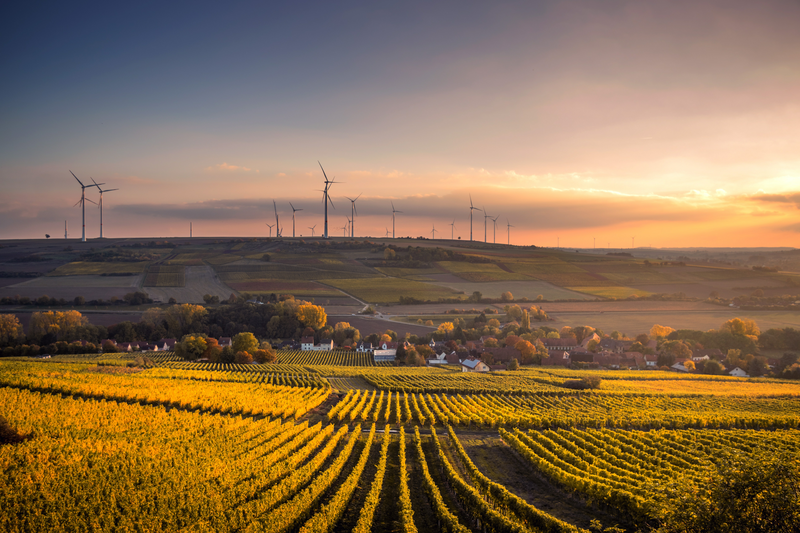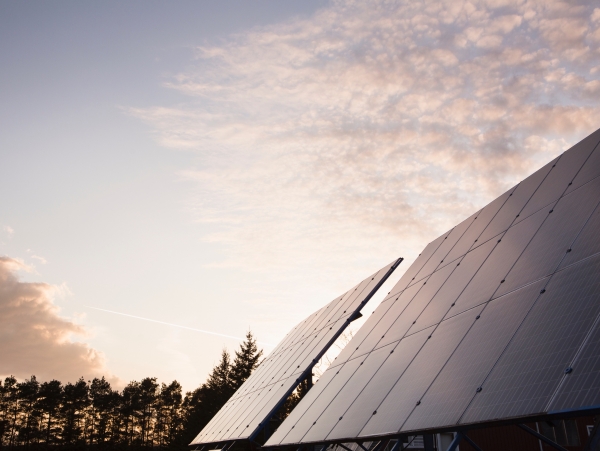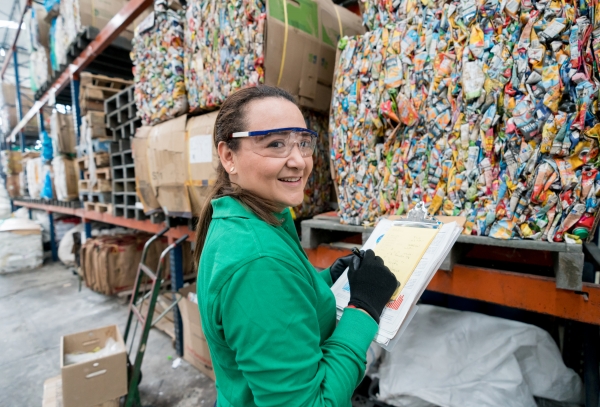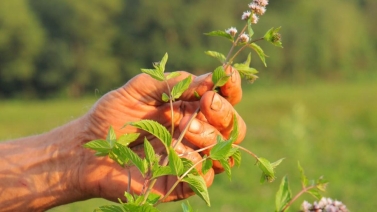
We understand that we’ve got a responsibility — and an opportunity — to step up and improve our impact on people and the planet. Over the past several years, we’ve made important progress, achieving our goal of sending zero waste to landfills from our facilities. We also are reducing our direct Greenhouse Gas (GHG) emissions through renewable energy and energy efficiency while making significant strides to reduce food and other waste at all 126 of our production facilities around the world.
Even as we continue to improve the environmental impacts of our direct operations, we realize that the lion’s share of our impact on the planet comes from our extended supply chain. For example, roughly three-quarters of our GHG emissions come from the agricultural practices and land-use change associated with growing the ingredients we need to make our products. The engines driving global business — our supply chains — are broken, and we are working to transform them.
After a thorough review of our resource use across our entire value chain (from farms to factories to family tables), we now have a better understanding of our imprint on the planet, specifically how our business impacts climate change, water stress and land use. And we have a plan to tackle these issues, both internally and through participation in programs like Champions 12.3, which aims to accelerate progress toward achieving the United Nations’ Sustainable Development Goals.
The science is clear, and so we’ve set ambitious goals in climate action, land management and water stewardship to help achieve our vision of a healthy planet and healthy people. We are working to tackle these issues in key raw-material supply chains — cocoa, rice and mint (which we talk most about), plus palm oil, beef, pulp and paper, soy and dairy — around the world.
Climate Action
Humanity’s greenhouse gas (GHG) emissions have changed the composition of our atmosphere, and people around the world are beginning to feel the effects, from increased average and extreme temperatures, to changes in rainfall patterns, to more-severe and less-predictable storms.
Science suggests that to avoid the most dire consequences, we need to limit global warming to less than the 2 degrees Celsius threshold outlined in the International Paris Agreement on climate change. To help do our part, we’ve set a goal to reduce the total GHG emissions across our value chain by 27 percent by 2025 and 67 percent by 2050 (from 2015 levels).
Water Stewardship
Water scarcity affects 40 percent of people around the world, and that percentage will only rise with continued population growth. Agriculture is the biggest user of water, so to manage this critical resource sustainably, we need to focus on what’s grown in our supply chains, how it’s grown, as well as where it’s grown.
Land Use
We rely on farmers around the world for raw materials like rice, cocoa and vanilla every day. Over the course of hundreds of years, agricultural innovations have helped boost farmers’ yields to help feed the earth’s growing population, but at the same time, those advances have brought forth new challenges for agriculture, including degrading soil quality, fertilizer and pesticide runoff, and the effects of climate change.
These challenges require action to sustain land for future productive use and to preserve biodiversity, habitats and natural resources.
Transparency and Measurement
We continue to develop policies, positions and action plans to help deliver our sustainability goals for everything from renewable energy and deforestation to water use.
Sustainable Packaging
Packaging is at the center of all Mars products, from keeping products safe in transportation and preserving freshness to distinguishing our brands. Mars understands the importance of packaging, which is why we plan to use 100 percent recyclable packaging by 2025.
To achieve our goal, we will change more than just the physical packaging. Mars will encourage consumers to dispose of their packaging responsibly. In addition, we will work to change recycling infrastructure by developing a plastic sorting facility to allow for proper recycling for more than 90 percent of after-use plastic.












